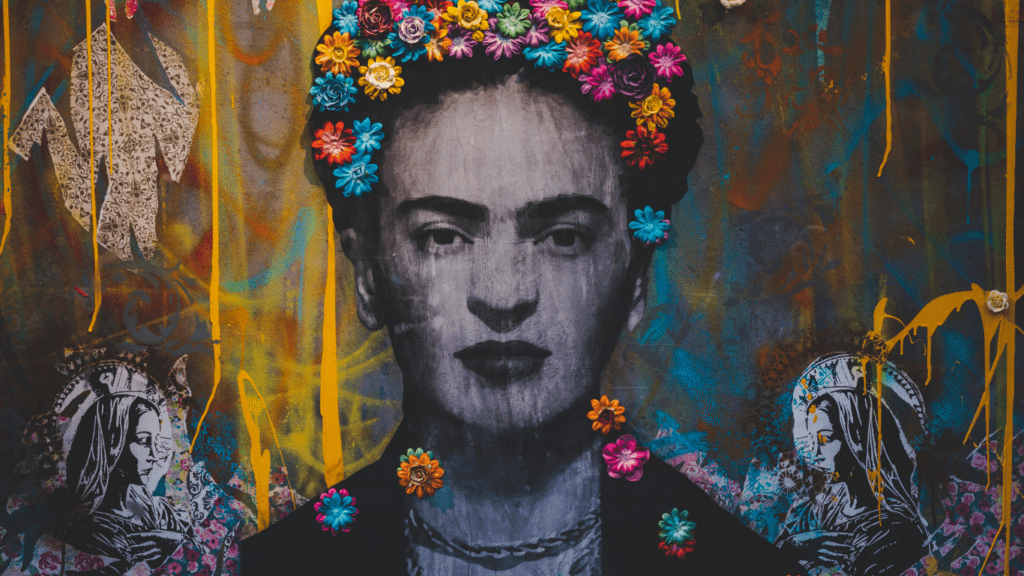As an avid observer of the art world, I’ve witnessed a remarkable shift in the way public art installations are being redefined by the emergence of digital art. The fusion of technology and creativity has opened up a whole new realm of possibilities, challenging traditional notions of what constitutes public art. Digital art installations are not only transforming physical spaces but also reshaping the way people interact with art in public settings.
In my exploration of this evolving landscape, I’ve delved into how digital art is breaking down barriers, inviting viewers to engage with dynamic, interactive experiences that transcend the boundaries of traditional art forms. From immersive light projections to interactive soundscapes, digital art installations are revolutionizing the way we perceive and interact with art in public spaces. Join me as we uncover the exciting ways in which digital art is reshaping the concept of public art installations.
The Evolution of Public Art
From Physical to Digital
As I delve into the evolution of public art, exploring the transition from physical to digital forms is essential. Traditional public art installations, such as sculptures and murals, are giving way to innovative digital creations. These new forms incorporate technologies like augmented reality and interactive projections, revolutionizing the way artists engage with public spaces.
The Influence of Technology on Artistic Expression
In dissecting the evolution of public art, it’s crucial to acknowledge the profound impact technology has had on artistic expression. Digital tools and platforms have empowered artists to experiment with new mediums and techniques, blurring the lines between the virtual and physical realms. This fusion of technology and creativity not only expands the possibilities for artistic innovation but also challenges conventional perceptions of public art.
Core Aspects of Digital Art in Public Spaces
Digital art in public spaces brings forth unique opportunities for interaction and engagement. Here are some key aspects that define the impact of digital art installations in shaping modern public art landscapes.
Interactive Digital Installations
Exploring the realm of interactive digital installations reveals a dynamic shift in how artists and audiences interact with art in public spaces. These installations often invite viewer participation through touch, motion sensors, or even social media integration. The fusion of technology and art in interactive displays fosters a deeper connection between the artwork and the audience. For instance, installations that respond to gestures or allow viewers to manipulate elements create immersive and personalized experiences, blurring the line between observer and creator. This interactivity not only enhances engagement but also encourages a sense of ownership and co-creation among viewers.
Urban Screens and Digital Projections
Urban screens and digital projections serve as modern canvases for artists to transform public spaces into captivating visual spectacles. These large-scale displays offer a platform for artists to showcase their work on a monumental scale, reaching a broad audience and breathing life into urban landscapes. From vibrant light shows to thought-provoking video projections, urban screens and digital installations have the power to redefine the atmosphere of a place, turning ordinary settings into dynamic cultural hubs. By utilizing city facades as canvases, artists can engage with the public on a grand scale, sparking conversations and evoking emotions through the convergence of art and technology.
Impact of Digital Art on Public Engagement
Digital art has revolutionized public art installations, enhancing audience engagement and broadening accessibility and inclusivity.
- Enhancing Accessibility and Inclusivity
Digital art in public spaces breaks barriers by offering inclusive experiences that transcend physical limitations. By leveraging technology, artists create interactive installations that are accessible to diverse audiences, including those with disabilities. This inclusivity fosters a sense of community and belonging, making art more approachable and engaging for all individuals. - Public Participation in the Digital Age
In the era of digital art, public participation takes on a whole new dimension. Viewers are no longer passive observers but active participants in the artistic experience. Interactive digital installations encourage interaction, inviting the public to engage with the artwork in unique ways. This hands-on approach not only fosters a deeper connection between the audience and the art but also democratizes the creative process, empowering individuals to contribute to the narrative of public art installations.
Challenges and Opportunities
Preservation of Digital Artworks
Preserving digital artworks presents unique challenges and opportunities in the realm of public art installations. Digital art, often reliant on technology and code, requires specialized preservation methods to safeguard against obsolescence and degradation. As an artist, I understand the importance of ensuring the longevity of digital pieces to maintain their integrity and artistic vision. Institutions and artists must consider strategies such as documentation, emulation, and migration to protect these dynamic artworks for future generations.
Ethical Considerations in Digital Public Art
Ethical considerations play a crucial role in the world of digital public art, influencing how artists create and engage with audiences. As a proponent of responsible artistry, I believe it’s essential to address issues of data privacy, consent, and inclusivity when developing digital installations for public spaces. Artists must navigate the ethical implications of using visitor data in interactive artworks, ensuring transparency and respect for individuals’ rights. By prioritizing ethical standards in digital public art, artists can foster trust with audiences and create meaningful experiences that resonate with diverse communities.



